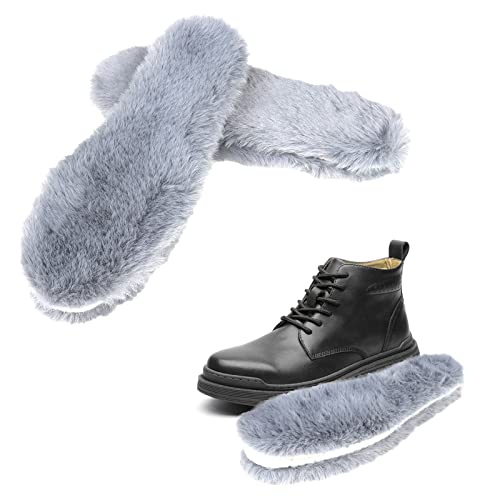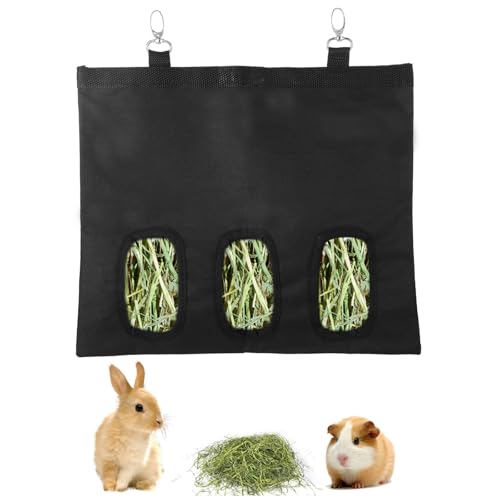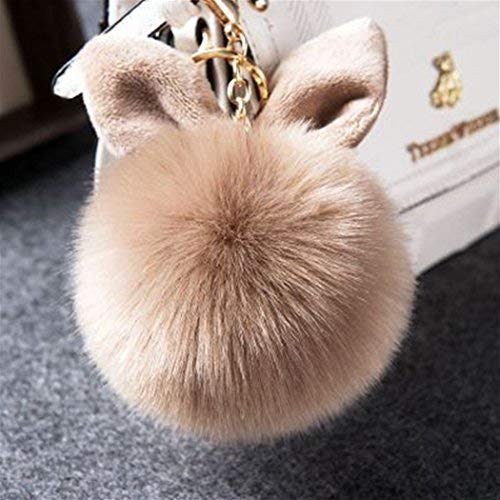#1 What color would you call her? (first two pictures)
#2 Harlequinized lilac?
And question #3 I have a chinchilla. I keep searching for color or genetics article to answer this question but haven't found the answer. What is a good color to cross her with, if I am hoping for more chinchilla?
Thanks for any help!
#1 She's either a somewhat pale blue or a deep lilac harlequin. I'm not seeing a pinkish hue to the dark areas, which you should see in a lilac, but that really can be affected by the lighting.
#2 I'm trying, but I'm not seeing harlequin markings on my screen. This rabbit
does look like he's got the pinkish-gray hue of a lilac - could that be what you're thinking is harlequin, or are there actually patches of different colors - lilac versus tan - like on the doe?
As far as I know, there's not really such a thing as a "harlequinized lilac," since lilac is a self color. A rabbit is called "harlequinized" if it's an agouti (or otter) with a recessive <
e(j)>. Harlequin <
e(j)> is a funny, partially-dominant allele that is expressed differently depending on whether it is homozygous or heterozygous, and on which allele is in the dominant position on the A locus.
In an agouti rabbit <
A_>:
- If the
<e(j)> is in the dominant position or is homozygous - so, either <
e(j)_> or <
e(j)e(j)> - the rabbit has a harlequin phenotype.
- If the
<e(j)> is in the recessive position <
_e(j)>, the rabbit is a harlequinized agouti. This phenotype looks like an agouti with patches of lighter and darker fur. It varies, but it often shows up on the ears and/or the belly.
In a self rabbit <
aa>:
- If the <
e(j)> is homozygous <
e(j)e(j)>, the rabbit again has a harlequin phenotype.
- If the rabbit is heterozgous with <
e(j)> in the dominant position <
e(j)e>, it is a torted harlequin (harlequin with smutty areas on the extremities)
- If the rabbit is heterozgous with <
e(j)> in the recessive position <E
e(j)>, it has a self phenotype.
#3 Your chocolate magpie buck probably
is a chinchilla, you know... harlequin+chinchilla=magpie. You could use him with your chin doe and you'd likely get both chinchillas and more magpies (black magpies unless she's carrying a chocolate allele, which is possible but not likely if she's been bred chin for generations). You also might get harlequinized chinchillas, and eventually you'll probably see chocolate chins, too, neither of which are recognized in either Rex or Mini Rex.
Breeding her with another true chinchilla would be the ideal - you'd almost certainly get most or all chinchillas in the first generation. And it's true that sable, himalayan and REW are all recessive to chin, so you'd most likely see chins in the first generation with those. But not all recessives are created equal!

Your choice of color will have a big affect on what you get in ensuing generations.
The best option of those three would be the REW, especially if you could find one with chin in its background. Many chin breeders use REWs because whites very often have superior coat texture and density, and also, the REW alleles do not compete with the chinchilla allele, as it were. You'll get the occasional REW popping out, but your chins will stay nicely colored (if they have it to begin with, of course). Because you won't know what modifiers a REW carries in regard to ring definition, that might suffer, but that's true for sable and himi as well. That's why you'd pick a REW with chinchilla in its background if possible (not because it can carry chin - it can't - but because it may carry agouti and/or important agouti modifiers).
One of the problems with using himalayan is that it is a self variety. In the first generation, that probably won't be an issue since your chinchilla doe is agouti (though it could, if she's carrying a recessive self allele). But in future generations you'll start seeing self chins, which look like self blacks. They are a real bugger of a problem because you often don't know what they are until you get a surprise litter of messed-up colors, or you keep getting all these blacks with blue-gray eyes (voice of experience, here). You may also end up getting agouti himis, which is not a recognized/showable color in any U.S. breed. And the temperature sensitivity of the himi allele will not do you any favors, either.
The worst pick of the bunch, IMO, would be sable. It, too, is a self, so you'll have the same self chin problem described above. You'll also get sable chins, which look like chinchillas, but are just...a bit...off-colored. Like the chinchilla allele
<c(chd)>, the sable allele
<c(chl)> blocks expression of pheomelanin, which makes the yellow/orange pigments. But sable also disrupts production of eumelanin, and black becomes sepia. So a sable agouti (sometimes called sable chinchilla, not because it is chinchilla, but because it is an agouti with no orange) looks like a faded or brassy chinchilla. Sable is also temperature-sensitive, which makes it tend toward patchiness, and in my experience it seems to have a tendency to lurk and mess up colors from the background.
It looks like you are going to be breeding some nice rabbits (Mini Rex?), so it might be a good idea to think down the road a little. If you want nice chins, I agree, you should go buck shopping, and find a nice chinchilla guy! While you're looking, though, I'd go with the chocolate magpie.

See what you get!
Your lilac (?) harlequin doe would be a good match for your chocolate tri buck. Getting those harlequin alleles into the homozygous state <
e(j)e(j)> is your ticket to nice harlequins, magpies and tris. You'd probably get some very nice chocolate harlequins (and maybe lilac harlequins), and chocolate tris (and maybe lilac tris).
If you haven't already, I'd recommend you join the National Mini Rex Rabit Club
https://www.nmrrc.net/
https://www.nmrrc.net/purchase-nmrrc-membership.html
As part of your membership you get a very nice fullcolor guidebook (or at least you used to) that goes through the different recognized varieties step-by-step, including which varieties are good to cross and which aren't.
There is a website that has some good discussion of compatible Mini Rex colors here:
https://mr-colors.tripod.com/
And one of my all-time favorite sites for color identification in rex coats:
https://wildriverrabbitry.weebly.com/mini-rex-color-guide.html





































![FHQHTH Faux Rabbit Fur Purse Fuzzy Handbags for Women Evening Handbags Al alloy Shoulder Strap [Rabbit Red]](https://m.media-amazon.com/images/I/41l5Hd2qrhL._SL500_.jpg)








